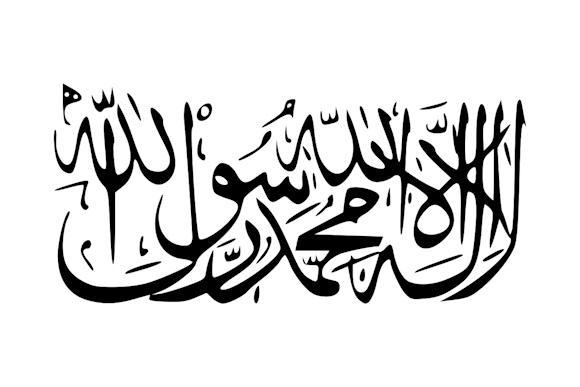The dramatic images of these hours coming from Afghanistan summarize, in the most tragic way, not only the failure of a military mission which - although it had only set itself to eradicate the bases of Al Qaeda - lasted twenty years, but also the defeat of one culture over another. Although it all started as an immense raid against the most wanted terrorist in the world, the mission in Afghanistan has since turned into a forced export of democracy, a concept so dear to the United States, but which has strictly European origins. A war of ideas, based on the teaching of democratic values, in which a ridiculous and grotesque attempt was made to lead an Islamic and Islamist theocracy towards democratic elections complete with ballot boxes, ballots and blunt pencils.
If the western theater (Europe (in primis)) had presented himself to the public with the subdued and humble manner of one who sketches an attempt without too much conviction, perhaps he would have pretended there; but the actors worked hard to make their comedy succeed. America and Europe have thus entered the scene with thousands of men in uniform, armored vehicles, airplanes and drones, with the fixed idea that the Afghan people (or rather the myriad of Afghan populations), once they have overcome the trauma of Bin Laden and of Mullah Omar, they would follow a new path by electing a puppet president like Ashraf Ghani.
We have therefore arrived at the showdown and, until now, the dispensers of democracy are further enriching their book of fools with absurd statements about the true purposes of the war, declaring the mission in Afghanistan a complete success. Then please tell those who are trampling at Kabul airport, desperate for an aircraft to escape. Also, I recommend, to those who pilot the helicopters who transfer the diplomatic personnel to a safe place: the mission is a complete success, but please flee!
Now the Taliban guarantee restraint, but when a person jumps on the wheels of a taking off plane and then falls into the void, some doubts arise as to the veracity of those promises. For now, all that remains for the West is to hoist the white flag, while another white banner, that of the Taliban, is already waving over the buildings and streets of Kabul.
Black and white flag

It is likely that in the collective imagination (especially of the many who mistakenly associate the image of terrorists with that of the Taliban), many would have expected to see the off-road vehicles armed with machine guns, triumphantly breaking into Kabul adorned with terrible black flags, death banner that belonged to the Islamic State. All this did not happen. This is not a coincidence because even in the symbolic representations of belonging, the Taliban follow totally different rules and dictates from the ISIS tormentors, basing their choices on a very specific historical tradition.
The raiders gathered years ago by Al Baghdadi presented themselves to the world flaunting their black flags, the color used by Muhammad himself during his first conquests. The black flag was later inherited by the first ruling dynasty after the Prophet, known as the Caliphate of Rashidun. To this caliphate, the Muslims owe the adoption of their calendar, which starts from 622, the year in which the Prophet Mohammed made his journey from Mecca to Medina (Hegira).
At the center of the black flag, the Islamic State inserted two symbols of great importance for the Islamic faith: the Shahadah and the seal of Mohammed (circumscribed on a white background). There Shadada is the profession of faith of each Muslim, namely "There is no god but Allah and Mohammed is his prophet", the seal of Mohammed, on the other hand, seems to go back to a symbol found in a series of letters attributed precisely to the prophet and found in the Topkapi palace.
The Taliban, which, we recall, literally means "students", boast an older past than ISIS and obviously a different genesis. When the warrior students settled in Kabul in 1996, they showed the world a white banner, a color that evoked the purity of what their government was to be. However, the choice to adopt white was not accidental, since it was the same color used by one of the caliphates founded after the death of Mohammed, the caliphate Umayyad.
The following year, in 1997, the Taliban superimposed the characters of the Shadada, arriving at what still today is one of their symbols of belonging.
Umayyad domination was also relevant to what Islam recognizes as the prophecy "Ghazwa-e-Hind”According to which Islam reigned over India and surrounding countries. Contrary to the programs of the ISIS, which dreamed of a caliphate centered on Iraq, the Taliban have always supported the fulfillment of this prophecy and therefore a new Islamic caliphate in India, Pakistan and Afghanistan.












